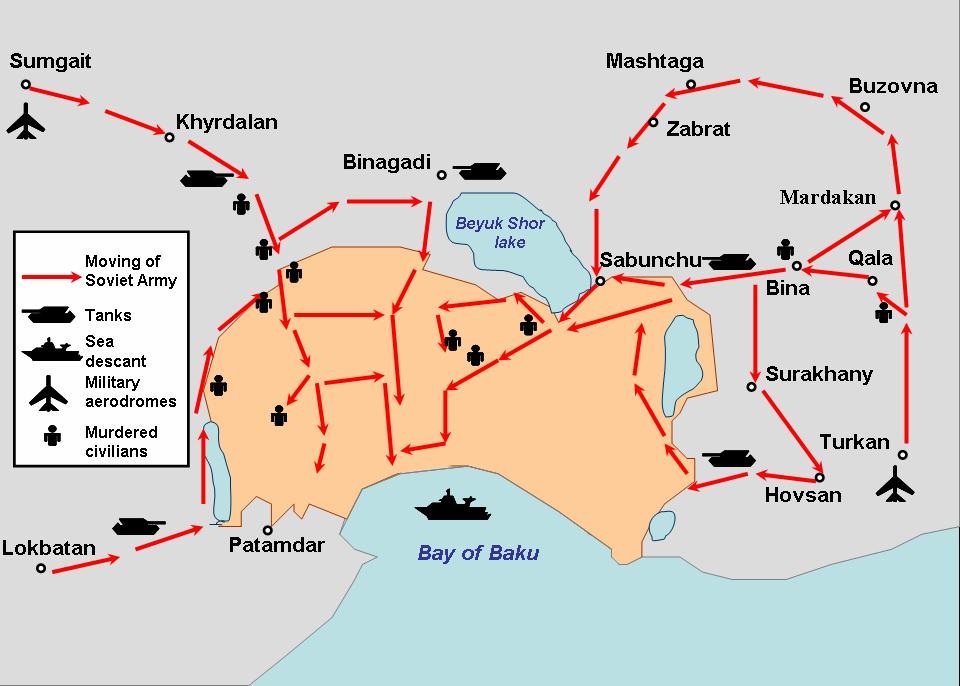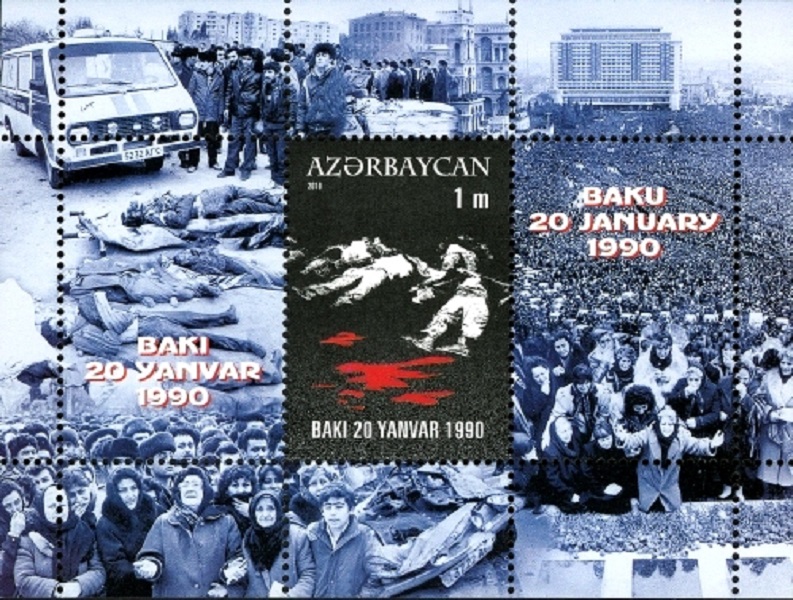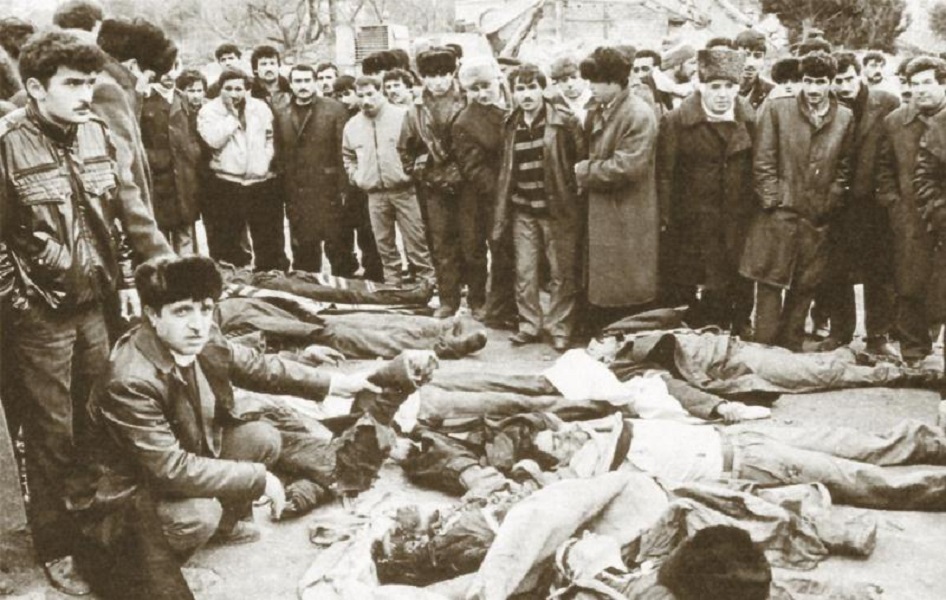On the occasion of 30-year anniversary of the Black January massacre – a violent crackdown on a civilian population of Baku by the Soviet special forces on 19-20 January 1990 – a Tallinn-based Azerbaijani expat, Elvin Abbasli, reminds us the terrors of the Soviet Union and notes that thanks to the Estonian journalists, the world learned about the bloody events in his country’s capital.
Every year, 20 January is commemorated as a national day of mourning in my home country, Azerbaijan. Nowadays the story behind this day might seem not familiar for most of the Estonians, but I am sure that those tragic events will flash in the minds of the older generation.
The empire “shows its teeth”
Having a similar historical path to Estonia, the Azerbaijani nation struggled for its independence and national identity under the Soviet rule in the end of 1980s. Seeing the increasing power of the National Front of Azerbaijan and hence, the revival of the independence movement in the country, the Soviet regime was seeking ways to suppress dissenting voices. And, eventually, the regime would commit one of the deadliest atrocities against the civilians in Baku, Azerbaijani capital, in the beginning of 1990.
On 19 January, the Soviet Union leader Mikhail Gorbachev signed a decree declaring a state of emergency in Baku from 20 January. The Soviet officials used the flaring tensions between Armenians and Azerbaijanis over the Nagorno-Karabakh region as a pretext to punish growing pro-independence inclinations and stop the disintegration process in the [forcibly founded] union.
In order to keep the population unaware of the upcoming operation, the special forces group “Alfa” of the Soviet Union’s State Security Committee blasted the power unit of the Azerbaijani television and thus, broadcasting in the country was cut off. When the Soviet troops entered Baku, the local residents were unaware of the declaration of a state of emergency.

On that night, 26,000 Soviet troops were deployed to launch an operation called “Udar” (“Strike” in Russian) in Baku and other cities of Azerbaijan. But the capital city was the one suffering most from the attack.
Tanks rolled over barricades, crushing cars and even ambulances. Witnesses spoke of soldiers firing at people who fled and of soldiers stabbing and shooting the wounded. A bus full of civilians was hit by a volley of bullets and many of its passengers, including a fourteen-year-old girl, were killed. The streets were filled with the blood of the innocent people. As a result of the so-called “military intervention”, it is estimated that around 147 civilians were killed and 744 were seriously injured.
The world gets aware of the tragic events through the cameras of Estonian journalists
Although the Soviet officials were trying to hide the events, thanks to the heroic work of two Estonian reporters, Juri Vendelin and Andres Raid, it was possible to share the first footage and information about the tragedy outside the Soviet borders. Without them, it would have been impossible to enlighten the world community about the massacre although the international reaction was inadequate during that time. And ironically, Gorbachev was even awarded the Nobel Peace Prize the same year.
The following days, millions gathered at the Freedom Square in Baku to attend the funerals and mourn the victims. People started to discard their Communist Party-membership cards as a sign of protest and waived the banned Azerbaijani national flags in the streets.

The perpetrators of the Black January massacre were aiming to curb the avalanche of the pro-independence movements in other Soviet Union-occupied countries, falsely hoping that the terrorised Soviet citizens would evade from new uprisings after Baku events.
However, even that horrific act did not stop the millions of freedom-thirsty individuals from Tashkent to Tallinn, from Tbilisi to Vilnius. Ultimately, the Kremlin’s crackdown not only failed to save the Soviet Union, but soon the empire started to fall into pieces.
The rebirth of the nation
Although thirty years have passed, this day is still in our memories with its horrors and brutality. However, it marked the rebirth of the Azerbaijani national identity from the ashes of the tragedy and strengthened the resistance against the bloody regime. As mentioned before, the Soviets could not extinguish the freedom spark kindling in the hearts of millions.

Black January, proving the imminent failure of the Soviet system, paved the way for the independence of our nations and, today, we remember those brave people sacrificing their lives for that cause with respect and gratitude.
Unfortunately, the perpetrators of the atrocities went almost unpunished. Although there were efforts to bring some of them to justice, nothing was achieved in that sense. I hope that sooner or later the atrocities will be given a sufficient legal assessment and the justice will be restored.
Cover: Murdered people on the streets of Baku after the massacre by Soviet forces (entsyklopeedia.ee).

